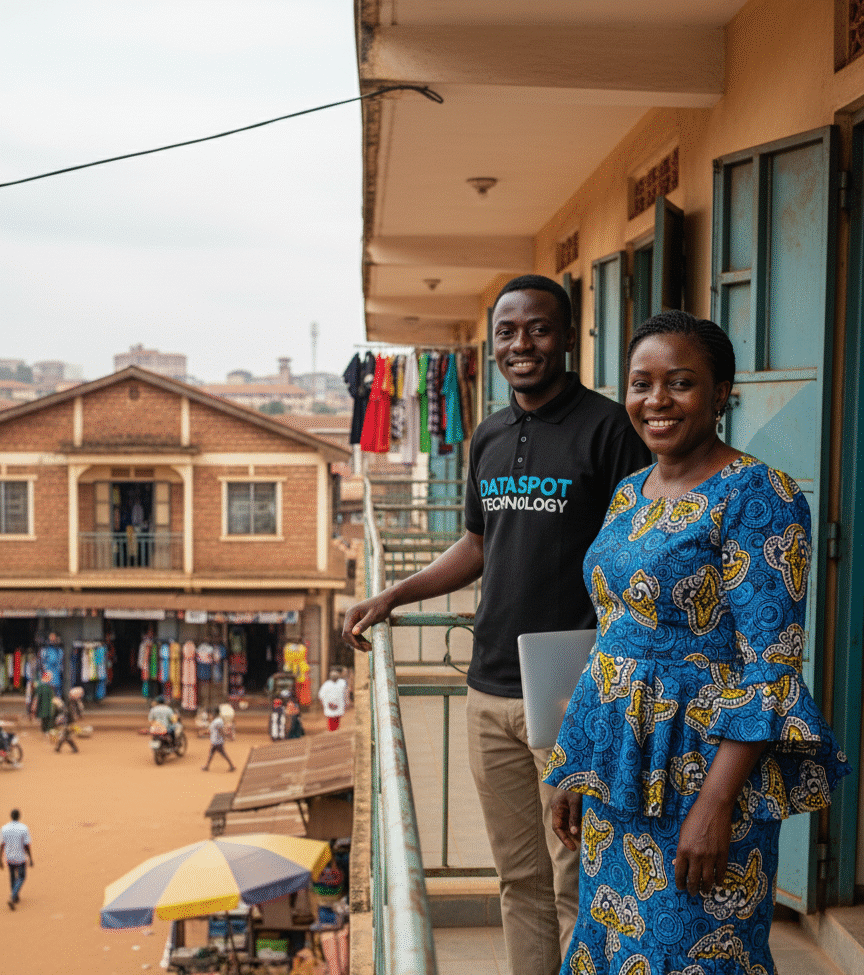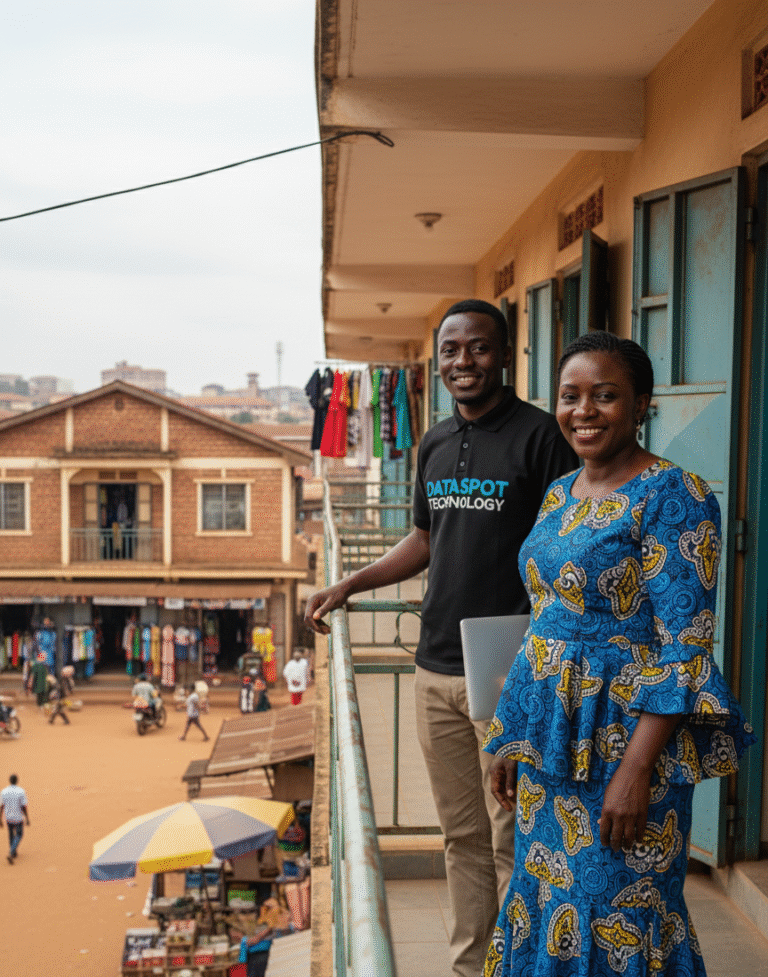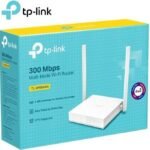
Starting a Hotspot Business in Uganda

A Lucrative Dream Just Waiting for You
Hey, friend! Have you ever sat back and wondered if a small hustle could turn into something life-changing? Imagine this: a hotspot business right here in Uganda, where you could pocket returns as high as 850% a year—beating out most other small-scale ventures! With people everywhere—from the bustling streets of Kampala to the quiet villages of Gulu—craving internet access, the opportunity is knocking. ISPs like MTN Wakanet, Simba Fiber, Liquid Telecom, and even satellite or radio wave options are keeping the connection alive, no matter where you are. This isn’t just a business; it’s a chance to connect communities and build something big. Let’s walk through how you can get started, step by step, and see where this journey takes you. What’s the first thing that excites you about this?
Step 1: Getting the Hang of the Hotspot Game
So, why are hotspot businesses taking off in Uganda? It’s all about the demand and how easy it is to grow. Folks are snapping up daily bundles for 1,000-2,000 UGX, weekly plans for 5,000-10,000 UGX, or monthly deals at 20,000-30,000 UGX, especially in markets, schools, and cafes. With a market stretching from Nakasero Market to rural trading centers, and ISPs like Canal Box and Savannah stepping up, there’s a customer for everyone. Think about your neighborhood—how many people might pay for reliable Wi-Fi? Maybe students needing online classes or traders checking prices? What local need could you meet to kick things off?
Step 2: Finding the Perfect Spot
Where you plant your hotspot can make all the difference. Picture a busy spot like a taxi park in Kampala or a community center in Jinja—places where people gather daily. Look for a location with a steady flow, but also one that could grow, like near a new housing estate or a road under construction. Proximity to an ISP matters too; fiber from Liquid Telecom gives the strongest signal, perfect for urban hubs, while radio waves might work for a cheaper rural setup, though they’re less reliable. Take a walk around your area—what spots feel alive with potential, and how could you check if an ISP reaches there?
Step 3: Evaluating Hardware Requirements
What’s the backbone of a hotspot? It’s the gear you choose! You’ll need routers to manage the network, switches to connect multiple users, access points to spread the signal, and extenders to reach further corners. Brands like Mikrotik are great for advanced control, TP-Link keeps costs low, Ruijie handles big setups, D-Link is beginner-friendly, and Tenda offers affordable extenders. But it’s not just about buying—think about electricity costs, hosting bills, and which ISP you’ll use. Fiber from Simba Fiber might need sturdier gear, while satellite setups could be lighter. What kind of setup feels manageable for your first try, and how might you test it?
Step 4: Planning Your Cash Flow
How do you turn this dream into something you can afford? Start by tallying up costs—hardware might run a few hundred thousand UGX, installation another bit, and then there’s electricity and ISP fees monthly. With bundles bringing in 1,000 UGX a day or 30,000 UGX a month, the profit can snowball if you start small. Maybe begin with a single access point and grow as cash flows in. What’s the smallest amount you could invest to get going, and how might you save on those early expenses?
Step 5: Getting the Gear and Setting Up
Where do you find this equipment, and how do you get it running? Hit up local tech shops in Kampala or browse online for Mikrotik routers or TP-Link access points. Match your gear to your ISP—fiber from MTN Wakanet needs solid hardware, while satellite might work with lighter options. Installation means mounting devices on a roof or wall, running cables, and testing the signal. It can get tricky—maybe a friend with tech know-how or a local electrician could lend a hand. What resources do you have nearby to make this smoother?
Step 6: Configuring and Introducing the Service
How do you turn on the money tap? Set your bundles to match what people want—1,000-2,000 UGX for a day, 5,000-10,000 UGX for a week, or 20,000-30,000 UGX for a month. Tweak the settings on your router to offer these plans, maybe starting with a few loyal customers. Spread the word with simple flyers at the market or a chat with neighbors—offer a first-day free trial to hook them. What’s a personal touch you could add to get people excited about your Wi-Fi?
Step 7: Growing and Adapting
Once you’re up and running, how do you keep the momentum? Watch how customers use your service—do they prefer weekly plans or monthly? Add more access points in high-demand areas or switch to a better ISP like Liquid Telecom if radio waves falter. Listen to feedback—maybe they want faster speeds or a loyalty discount. Growth is about staying flexible. What changes might you notice early on that could shape your next move?
Insightful Comment from the Author, Gilbert Rukundo
I’ve seen hotspot businesses transform lives in Uganda. One thing that strikes me is how a single well-placed access point can light up a whole village, turning a small investment into a community hub. My advice? Start small, talk to your customers, and don’t fear tweaking your setup. The 850% return isn’t just a number—it’s a testament to listening and adapting. What’s one lesson you’ve picked up that you’ll carry forward?
Wrapping Up: Your Next Big Step
So, what’s sticking with you about starting a hotspot business in Uganda? From figuring out the vibe of your area to getting that first customer online, you’ve got a solid path to those amazing 850% returns. With the right spot, gear, and a bit of hustle, you’re not just earning—you’re serving your community with every connection. Maybe chat with a local techie or scout a site this week. What’s the one action you’re ready to take to kick this off?
